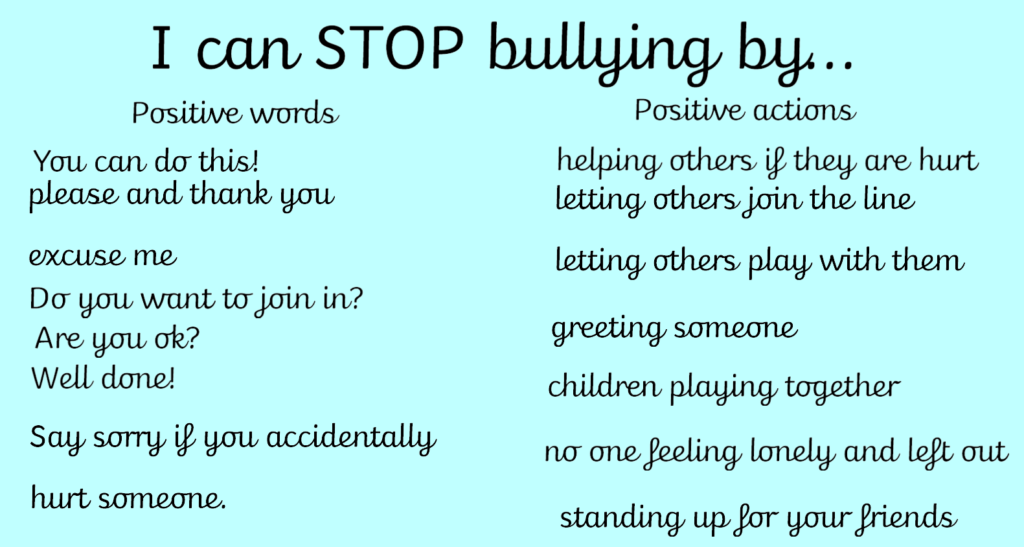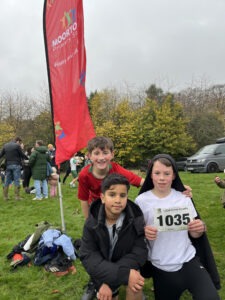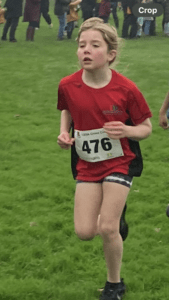We kicked off anti-bullying day with our odd socks to celebrate that we are all unique and different.
Odd socks day is a celebration to show that we are all different and that makes us unique.
We are wearing odd socks today because we are all different and we should be treated fairly.
Odd socks day shows that we are all different. We should respect everyone no matter what they look like.

We explored our school definition of bullying, created by our junior leaders, by looking at what some of the words meant.

What are the different types of bullying?
Our school definition helped us understand the different types of bullying – physical (hurting someone’s body), emotional (hurting someone’s feelings) or cyber bullying (online).
We also considered the role of bystanders and their responsibility to start telling other people.
The story #Goldilocks looks at how we should treat everyone with respect whether it is in person or online.

How can you STOP bullying?
We used our weekly circle time to think about the role we all have to STOP bullying. Year 2 had some excellent suggestions.
Our main message is Start Telling Other People and to continue to do that until you are heard.
You can stop bullying by…
respecting others
telling the bully to stop if you are a bystander.
telling a trusted adult.
asking a lunchtime helper to help.
standing up for others.
letting everyone join in and not leaving people out.
being kind to people and not hurting them.
helping the person being bullied and take them to an adult.
being resilient and saying STOP.
ignoring the bully, walk away and don’t say anything back to them.
Using positive words and actions can also help to prevent bullying by creating a happy and healthy school.

How can you get help?
Seeking help can be done in a number of different ways.
Who could you tell? (taken from our child friendly anti-bullying policy)
- Safeguarding team – Mrs Weekes, Mr Wilks, Mrs Russell and Mrs Limbert
- Any other members of staff
- A trusted adult
- Someone in your family
- Friends
- Childline (0800 1111)
- Write a worry slip and put it in your Living and Learning box or the whole school worry box (outside the school office)
- Email stayingsafe@spherefederation.org
The children thought about who they would tell if they needed to Start Telling Other People.

Help at home: discuss our school definition of bullying with your child. Do they know the difference between falling out and bullying, and between a one-off situation and something that’s happened more than once?














































